
Conventional wisdom holds that minimalism was birthed in America during the political and social tumult of the 1950s and 1960s, when artists abandoned en masse the strictures of conventional art in favour of a stripped back aesthetic. A new exhibition in Singapore, ‘Minimalism: Space. Light. Object.’, takes the radically different view that as an art form, minimalism actually began in Asia centuries before with zen buddhism and, in particular, with the Ayurvedic texts on nothingness.
Unusually, the show – the first in Southeast Asia to tackle the subject on this scale – is held in two venues and delivers two strikingly different experiences through 150-plus works by blue-chip names like Ai Weiwei, Yayoi Kusama, Anish Kapoor and Donald Judd, alongside regional stalwarts Po Po, teamLab, Song Dong and Kim Lim. At the Moshe Safdie-designed ArtScience Museum, the premise of minimalism’s buddhist origins is explored through a series of austere, yet ultimately joyful and playful works, beginning with a meditative sand installation by Mona Hatoum which segues through to Richard Long’s epic concentric circles of stones, the colour blocks of Carmen Herrera, and to a tranquil maze of lighting gel panels by Olafur Eliasson.
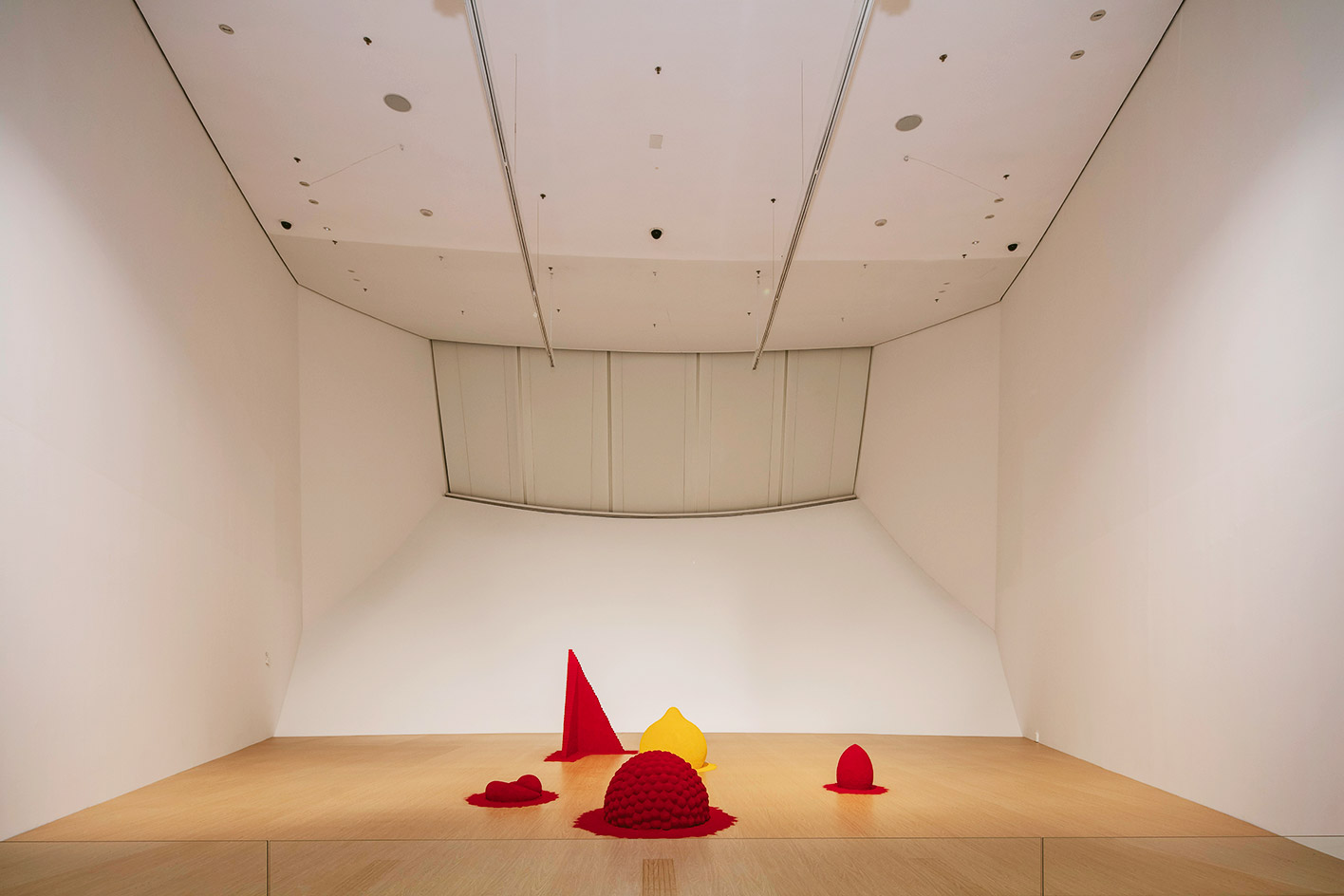
To Reflect an Intimate Part of the Red, 1981, by Anish Kapoor.
For the museum’s curatorial team, led by former Tate Liverpool curator Adrian George, the essence of this section of the show is the physical experience, a cause helped by the curved white walls of the exhibition space that create a dizzying sense of infinity. ‘Many of the minimalist artists we’re showing designed their works to be viewed in the context of space, so the experience we hope to create requires the viewer to slow down.’
Across the bay, a few minutes away by taxi, the National Gallery Singapore takes a slightly more conventional approach to the subject by tracing minimalism’s development out of abstract expressionism to contemporary times. The artists and works gathered here are no less impressive ranging from the striking black monochromes of Mark Rothko and Frank Stella, to the experimentations of light by Peter Kennedy and Martin Creed, and the hypnotic repetitive musical works of Julius Eastman.
‘Modern minimalism is a movement that has not had much of a presence in this part of the world,’ says Russell Storer, deputy director of the National Gallery’s curatorial and research department, ‘and so, it was particularly important for us to put the Southeast Asian artists within the international context.’
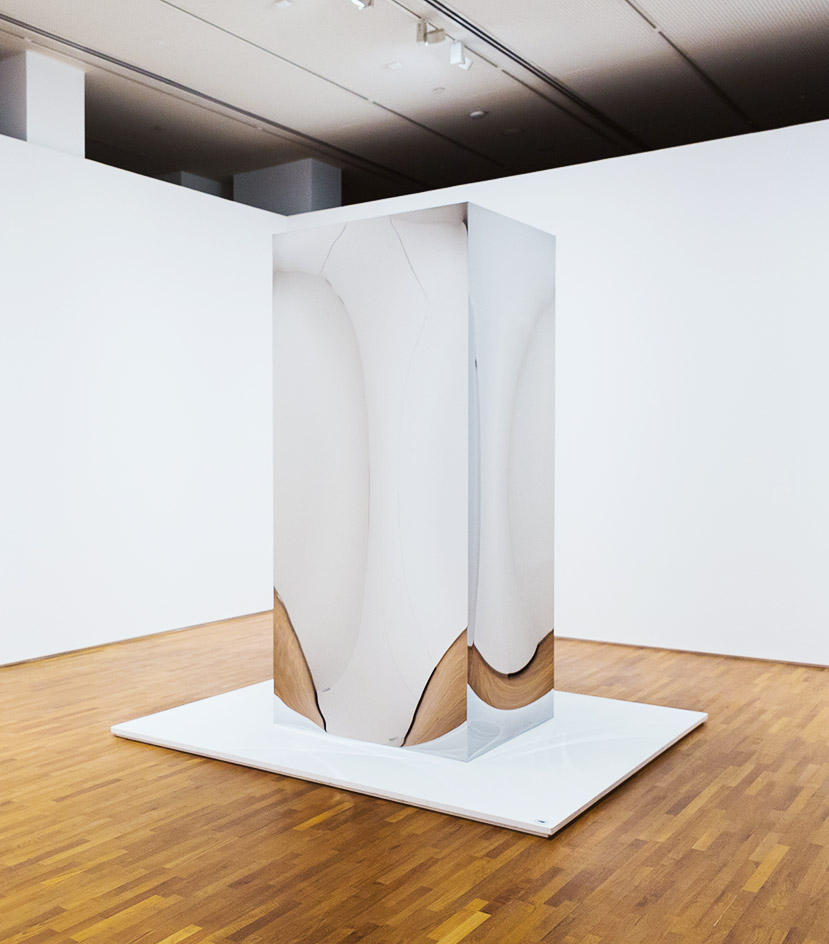
Non-Object (Door), 2008, by Anish Kapoor, stainless steel.

+40m, 2012, by Tan Ping, woodblock print.
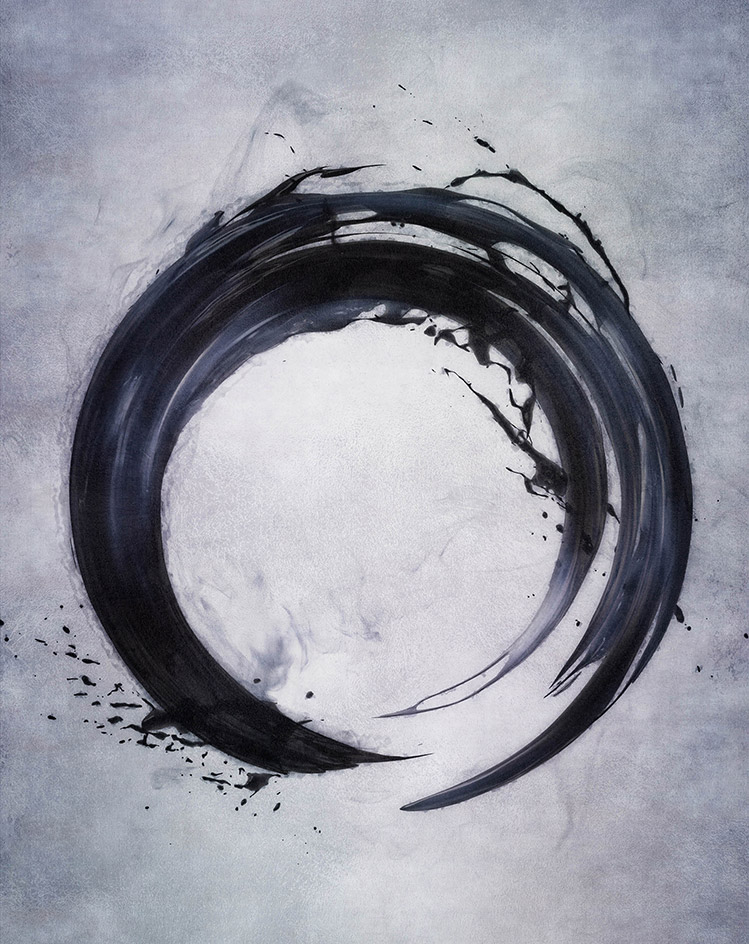
Enso, 2017, by teamLab, digital work.
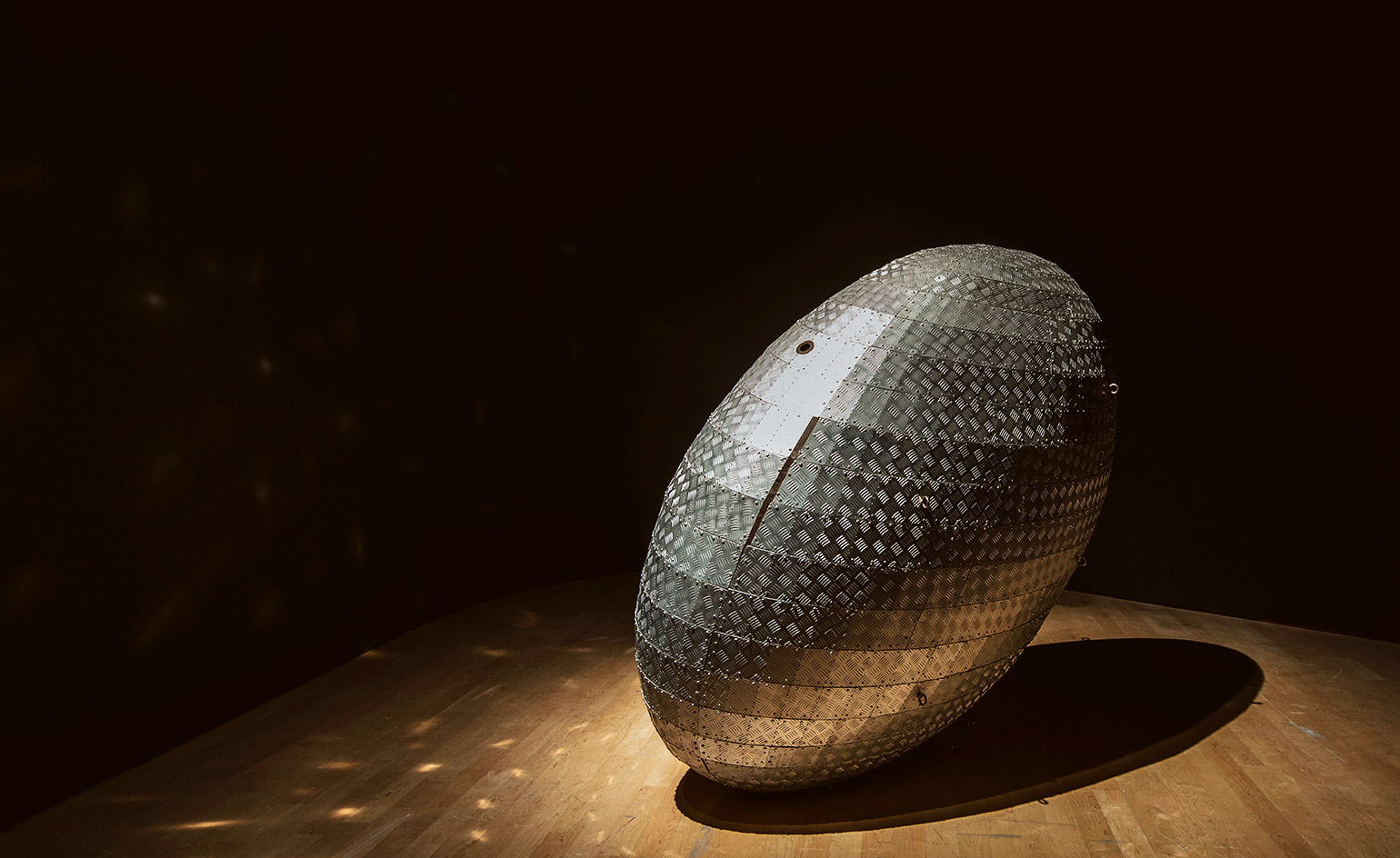
Haumea, 2016, by Tawatchai Puntusawasdi.

Impenetrable, 2009, by Mona Hatoum, black finished steel and fishing wire. Collection of Yuz Foundation
INFORMATION
‘Minimalism: Space. Light. Object.’ is on view from 16 November 2018 until 14 April 2019 at the National Gallery Singapore and the ArtScience Museum. For more information, visit the National Gallery Singapore website and the ArtScience Museum website
Receive our daily digest of inspiration, escapism and design stories from around the world direct to your inbox.
Daven Wu is the Singapore Editor at Wallpaper*. A former corporate lawyer, he has been covering Singapore and the neighbouring South-East Asian region since 1999, writing extensively about architecture, design, and travel for both the magazine and website. He is also the City Editor for the Phaidon Wallpaper* City Guide to Singapore.
-
 The White House faced the wrecking ball. Are these federal buildings next?
The White House faced the wrecking ball. Are these federal buildings next?Architects and preservationists weigh in on five buildings to watch in 2026, from brutalist icons to the 'Sistine Chapel' of New Deal art
-
 Georgia Kemball's jewellery has Dover Street Market's stamp of approval: discover it here
Georgia Kemball's jewellery has Dover Street Market's stamp of approval: discover it hereSelf-taught jeweller Georgia Kemball is inspired by fairytales for her whimsical jewellery
-
 The best way to see Mount Fuji? Book a stay here
The best way to see Mount Fuji? Book a stay hereAt the western foothills of Mount Fuji, Gora Kadan’s second property translates imperial heritage into a deeply immersive, design-led retreat
-
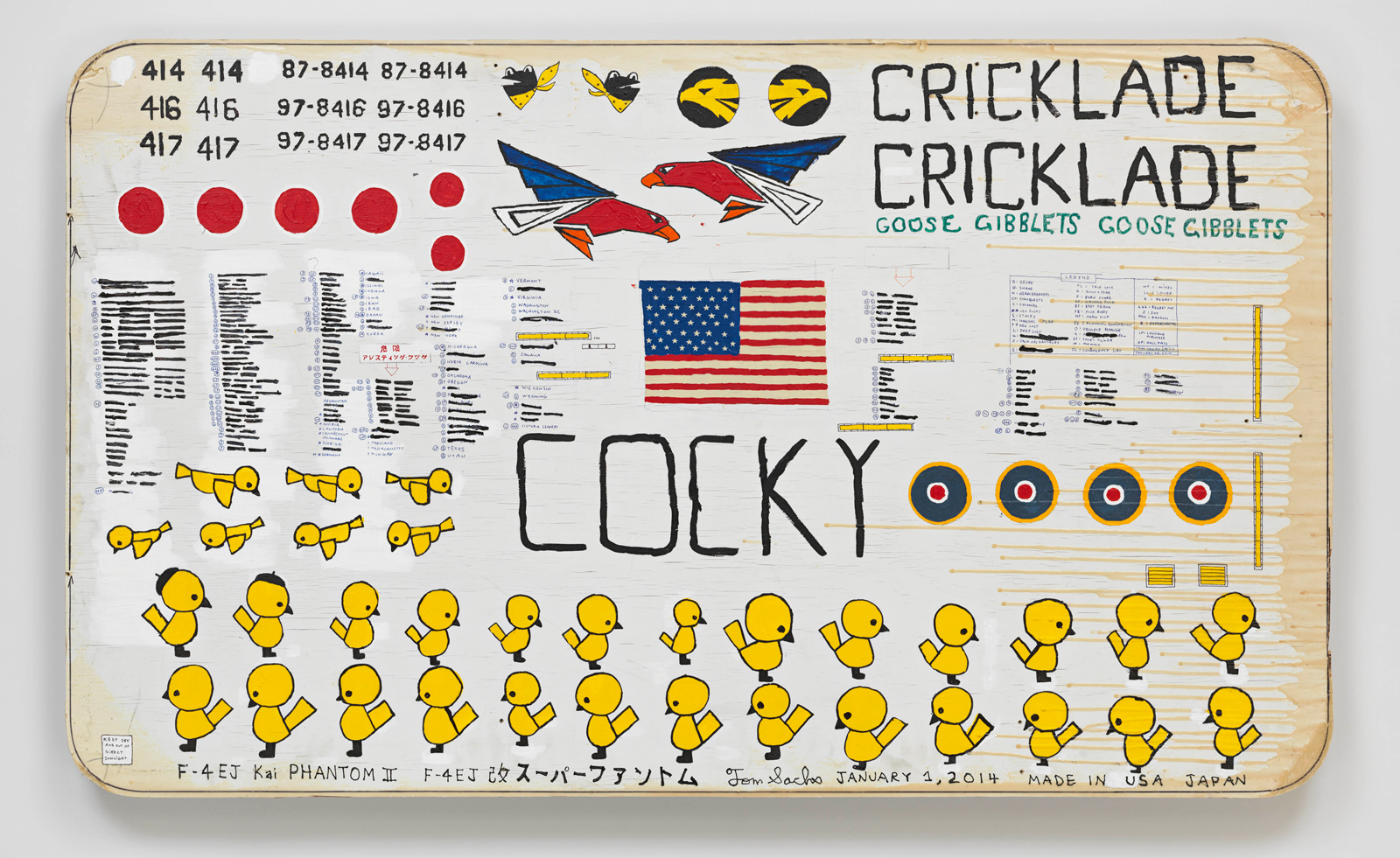 Does Singapore hold the key for the art world's future?
Does Singapore hold the key for the art world's future?As Art SG 2025 prepares to open its doors, we take a look at Singapore’s art scene
-
 Art SG 2024: what to see at Southeast Asia’s biggest art fair
Art SG 2024: what to see at Southeast Asia’s biggest art fairArt SG returns for its second year with a rich international roster of artists and galleries
-
 Artist's palate: Landon Metz’s recipe for cacio e pepe
Artist's palate: Landon Metz’s recipe for cacio e pepeNew York-based artist Landon Metz’s recipe for cacio e pepe is a minimal yet magic addition to our monthly artist's palate series, an homage to our favourite contemporary art
-
 Artist's Palate: Cao Fei’s recipe for Singapore laksa
Artist's Palate: Cao Fei’s recipe for Singapore laksa‘It’s sweet, salty, spicy, fishy and fresh,’ says artist Cao Fei of her recipe for Singapore laksa. As seen in this month’s Artist’s Palate feature, a Wallpaper* homage to our favourite contemporary art
-
 Josh Sperling: a daydream of squiggles, swirls and minimalism in New York
Josh Sperling: a daydream of squiggles, swirls and minimalism in New YorkIn his new show, ‘Daydream’, American artist Josh Sperling dominates Perrotin New York with large-scale squiggle installations and minimalist monochrome works that draw on functional design
-
 Remembering the mind-bending art of Dan Graham (1942–2022)
Remembering the mind-bending art of Dan Graham (1942–2022)American artist and writer Dan Graham, whose hybrid output warped perceptions and defied genre has died in New York aged 79
-
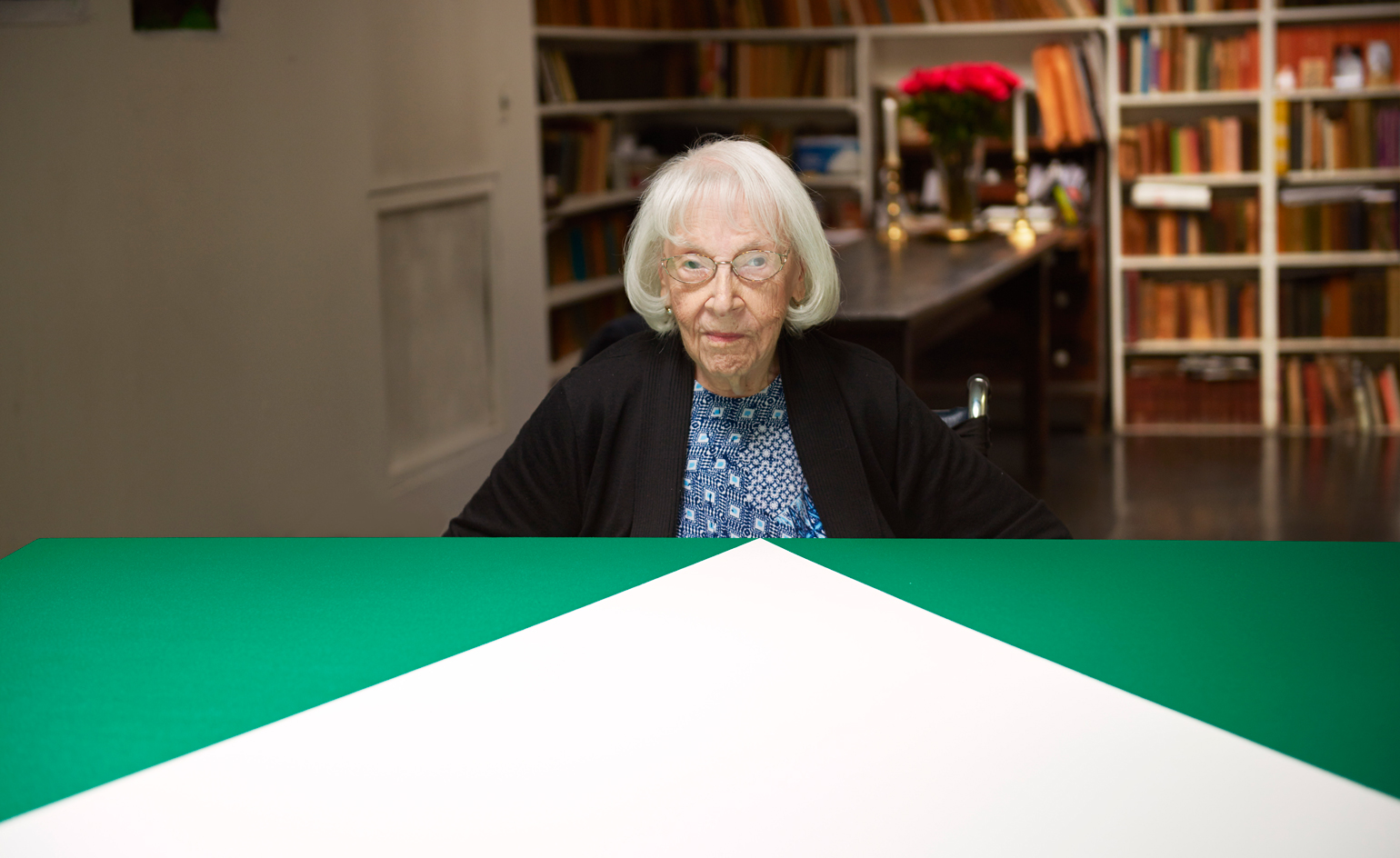 The remarkable life of artist Carmen Herrera: 1915-2022
The remarkable life of artist Carmen Herrera: 1915-2022Carmen Herrera, the Cuban-born American artist whose experiments with space and colour blazed a trail in geometric abstraction, has died in New York aged 106
-
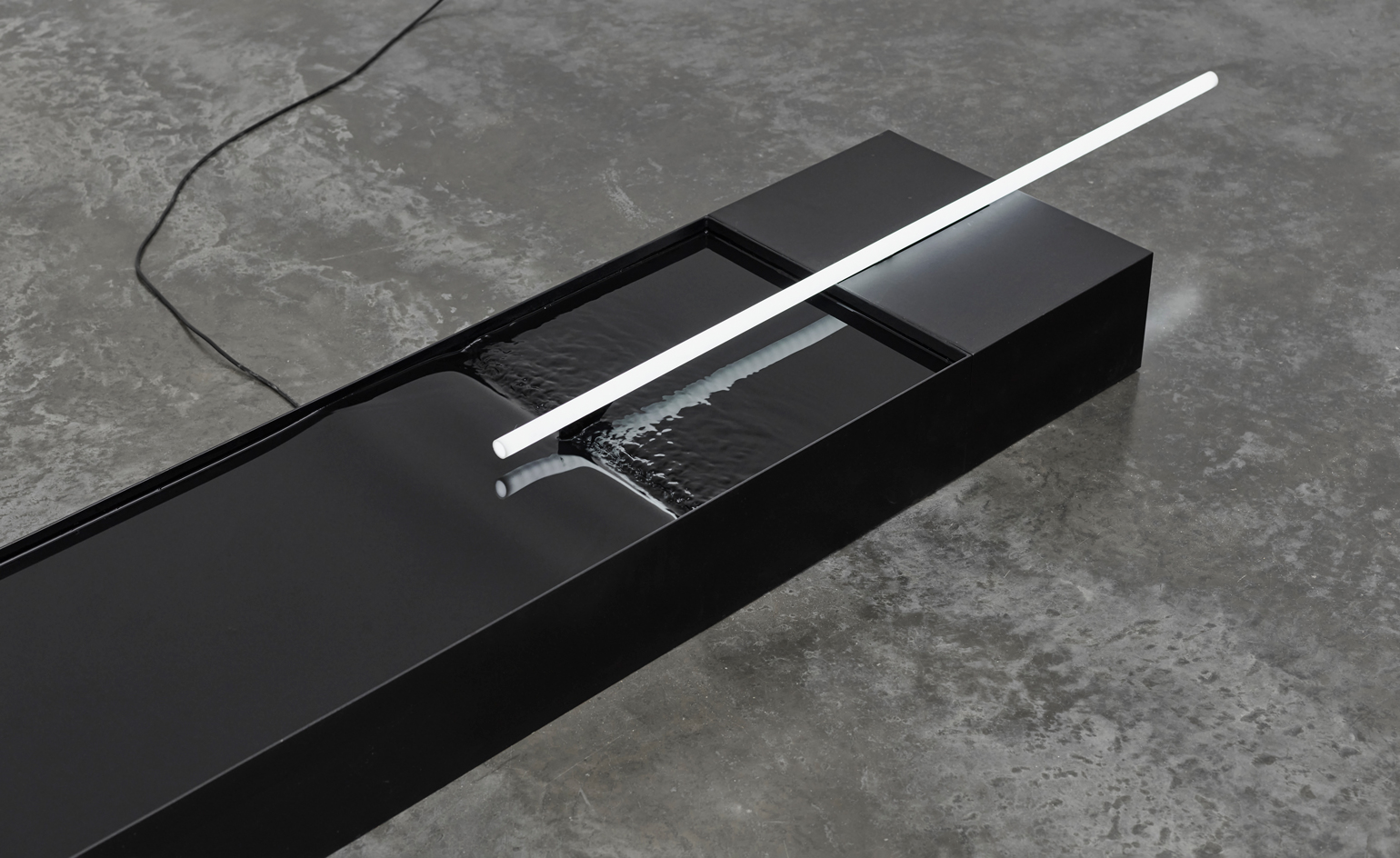 Wang Gongxin at White Cube: hidden cameras, eerie minimalism and grey matter
Wang Gongxin at White Cube: hidden cameras, eerie minimalism and grey matterWang Gongxin’s show at White Cube Mason’s Yard explores cultural polarities and in-between states through 13 captivating new multimedia works